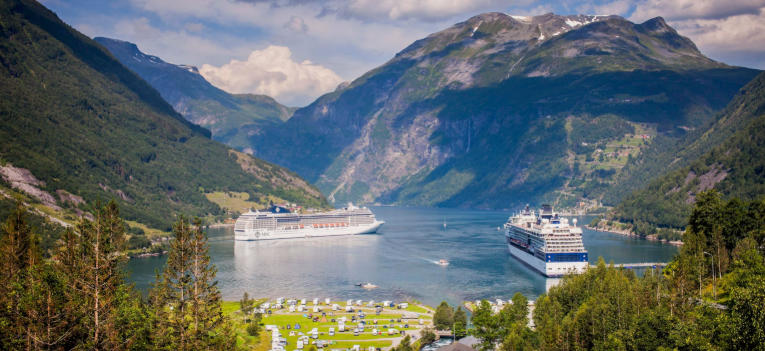How Rivers and Fjords Shape Norwegian Towns
Norway’s breathtaking landscapes, characterized by stunning rivers and majestic fjords, play a vital role in shaping its towns and communities. Understanding how these natural features influence settlement patterns, culture, and industry offers insight into the harmonious relationship between nature and urban life in this Scandinavian paradise.
The Unique Geography of Norway
Norway’s geography is defined by its intricate coastline and deep fjords carved by ancient glaciers. Fjords, formed over thousands of years, provide natural harbors that have historically been instrumental for trade and transportation. Towns like Bergen and Ålesund thrive along these waterways, benefiting from easy access to fishing and shipping routes. Conversely, rivers such as the Glåma and the Nidelva dissect the land, offering resources like freshwater and fertile soil, further influencing settlement and agriculture.
Cultural Impact of Waterways
The presence of rivers and fjords has also deeply impacted the cultural identity of Norwegian towns. Many traditions, folklore, and art forms have evolved in relation to these waterways. For instance, local myths often feature elements inspired by the sea and rivers, while festivals celebrate the region’s maritime heritage. Furthermore, towns continue to leverage their stunning natural backdrops for cultural events, from music festivals to art exhibitions, fostering a vibrant community life.
Economic Significance of Rivers and Fjords
Economically, rivers and fjords are invaluable assets for Norwegian towns. The fishing industry, an essential part of the economy, relies heavily on the rich marine life of fjords. Similarly, rivers serve as routes for transporting goods, enhancing trade and boosting local businesses. Hydropower generation, another significant economic contributor, utilizes the flowing rivers, showcasing how nature directly influences energy production and sustainability efforts.
In Conclusion
The rivers and fjords of Norway are more than just scenic landscapes; they are integral to the life, culture, and economy of its towns. Their influence can be seen in everything from settlement patterns and traditions to local industries and sustainability initiatives. To discover more about how these majestic natural features continue to shape the fabric of Norwegian life, consider exploring further through travel, reading, or local community events.

